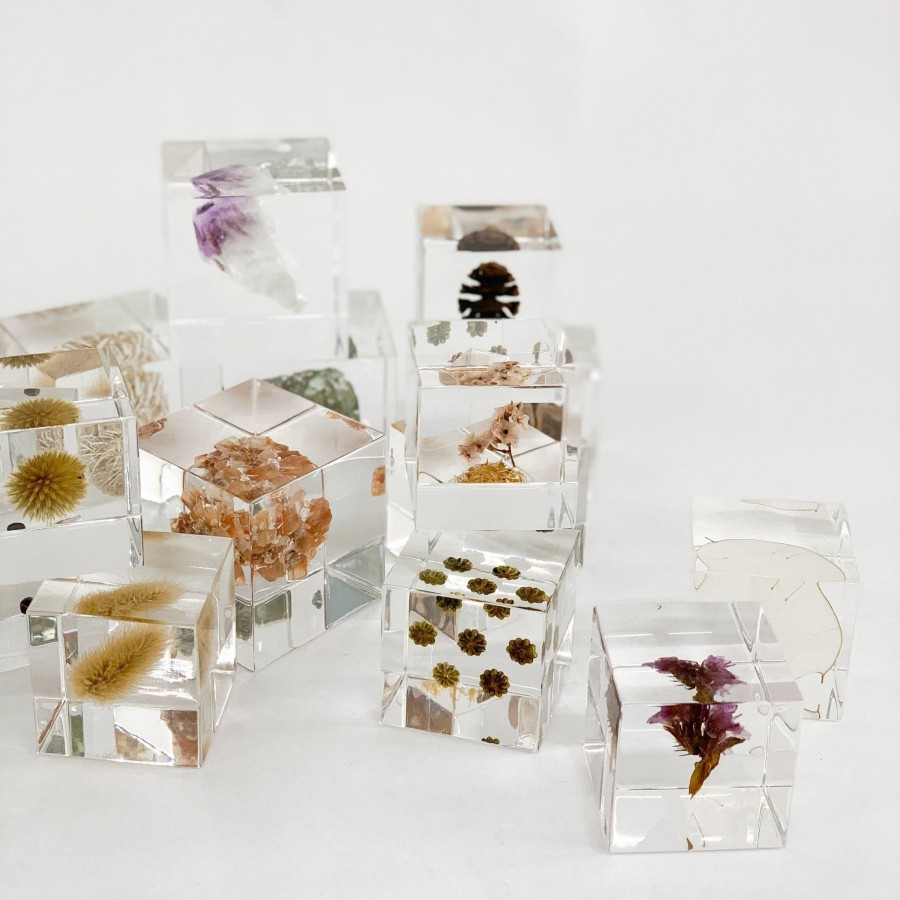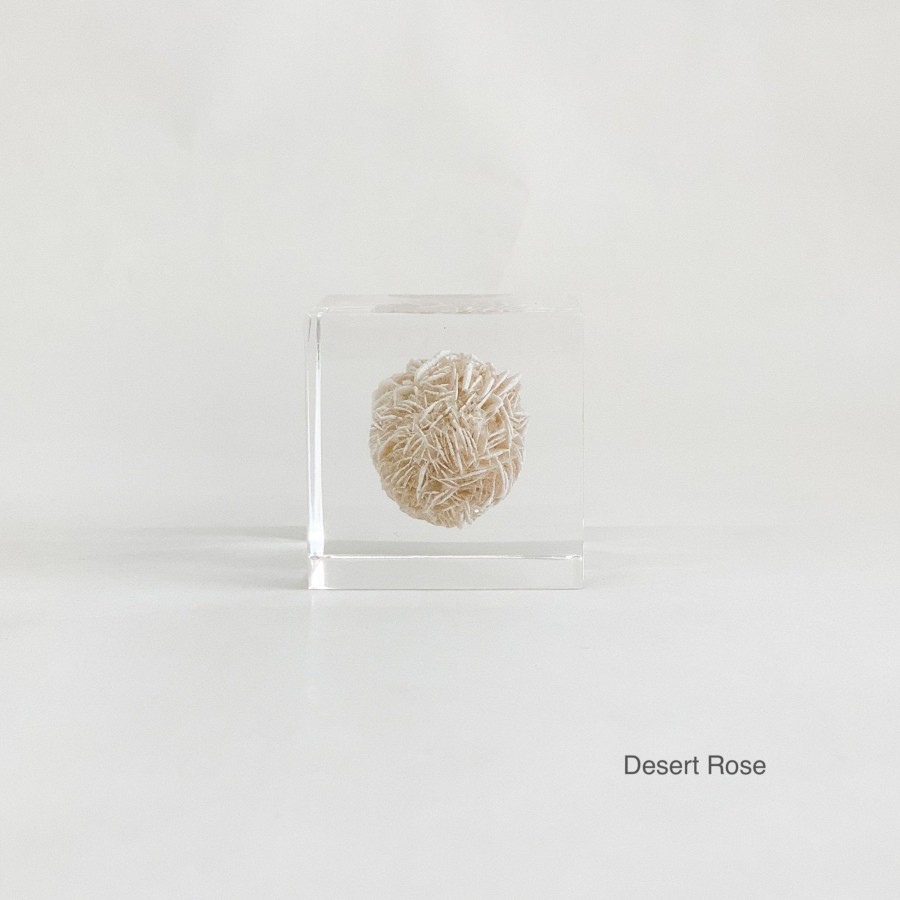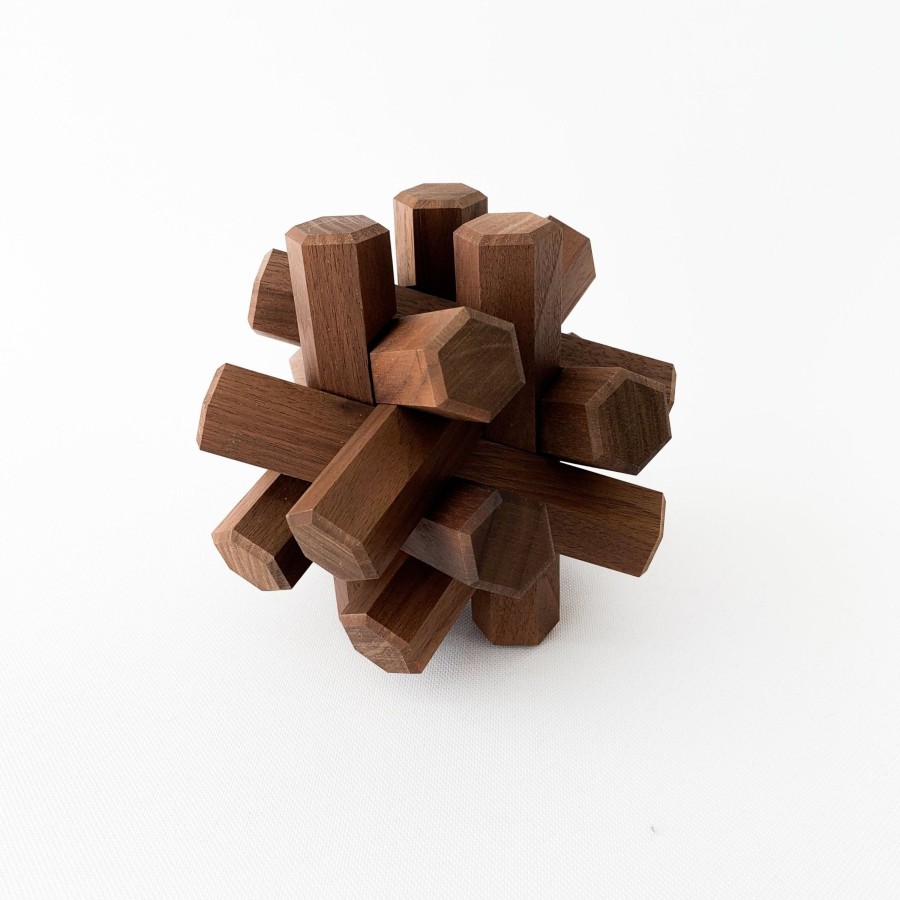Living TORTOISE-yellow paper Sola Cube | Sola Cubes – Minerals
$116.25 $89.28
Living TORTOISE-yellow paper Sola Cube | Sola Cubes – Minerals

Description:
Pyrite – Formed From Combining Iron And Sulphur, Pyrites Come In A Variety Of Round, Square And Disk Like Shapes From Metal Mines All Over The World. The Word Root For Pyrite Comes From The Greek Word “Pyr” For “Fire.” Pyrite Can Shoot Sparks When Hit With Other Minerals Or Metals. Known As “Fool’S Gold” For It Has Often Been Mistaken As Gold.
Amethyst – Greek Mythology Describes The Formation Of This Semi-Precious Stone As Story Of Dionysus, The Greek God Of Wine. After Dionysus Is Angered By A Mortal, He Swears To Kill The Next One Who Comes Across His Path And An Innocent Maiden Name Amethystos Unluckily Appears. The Maiden Turns To The Goddess Artemis For Protection, And The Artemis Turns Her Into A White Marble Stone For Self-Protection. Dionysus, Immediately Regrets His Action And Weeps Grape Wine Over The Stone Turning It Into A Beautiful Purple Gem, Which We’Ve Come To Know As An Amethyst.
Aragonite – Aragonites Have Been Found Primarily Around Aragon, Spain. The Shape Of The Mineral Is Often Compared To The Shape Of The Russian Satellite “Sputnik”, Giving It Its Nickname: Satellite. The Main Material Is Made Out Of Calcium Carbonate And Contains Some Iron, Which Gives The Mineral Its Reddish Hue. Many Sea Shell Like Coral And Pearl Contain Similar Elements, Giving This Mineral A Similar Color Variation As Sea Life.
Dessert Rose – Just Like The Name Suggest, Desert Rose Get Its Name For Being Formed Like A Rose Through A Slow Crystallization Process From Precipitation In Desert Regions. Finding A Desert Rose In These Harsh Landscapes Lets You Know That An Oasis Existed Before Water Dried Up. Desert Rose Minerals Have Been Discovered In Many Deserts Around The World, Including Australia, Tunisia And Mexico.
Measurements:
2” X 2”
1.5″ X 1.5″
History:
The Concept Behind Sola Cubes Marries Two Traditional Japanese Values: A Reverence For Nature And A Philosophical Appreciation Of Small, Humble Elements That Are Easily Overlooked. Each Cube Is Cast From Crystal Clear Acrylic Resin And Then Hand Polished, Right Down To Its Crisp, Micro-Radiused Edge. Considerable Craftsmanship Is Required To Make The Cubes, Ensuring That No Air Bubbles Are Present. Preserved Inside Is A Single Leaf, Seed, Or Flower—Individually Or In Groups, The Cubes Create An Opportunity For A Meditative Moment On The Beauty And Power Of The Natural World. Made In Kyoto, Japan By Usagi No Nedoko.
| Color | Mari Ball 1-22, Mari Ball 1-23, Mari Ball 1-24, Mari Ball 1-25, Mari Ball 1-26, Mari Ball 1-27, Mari Ball 1-28, Mari Ball 1-29, Mari Ball 1-30, Mari Ball 2-1, Mari Ball 2-2, Mari Ball 2-3, Mari Ball 2-4, Mari Ball 2-5, Mari Ball 2-6, Mari Ball 2-7, Mari Ball 2-8, Mari Ball 2-9, Mari Ball 2-10, Mari Ball 2-11, Mari Ball 2-12, Mari Ball 2-13, Mari Ball 2-14, Mari Ball 2-15, Mari Ball 2-16, Mari Ball 2-17, Mari Ball 2-18, Mari Ball 2-19, Mari Ball 2-20 |
|---|
Be the first to review “Living TORTOISE-yellow paper Sola Cube | Sola Cubes – Minerals” Cancel reply
Related products
Home Decor


















![Living SAIKAI (Others) | Masahiro Mori Bird Ring Holder [300461]](https://salegrocerie.com/wp-content/uploads/2024/01/4fbb522b8e84cd2f7fca4e4e9309574b_0.jpg)
![Living SAIKAI (Others) | Masahiro Mori Bird Ring Holder [300461]](https://salegrocerie.com/wp-content/uploads/2024/01/4fbb522b8e84cd2f7fca4e4e9309574b_1.jpg)




Reviews
There are no reviews yet.